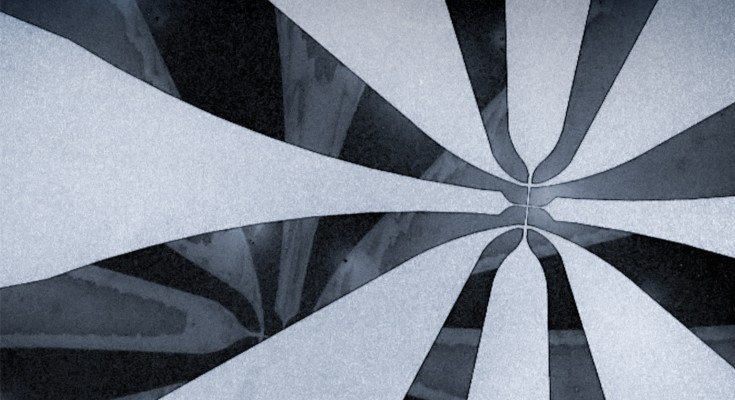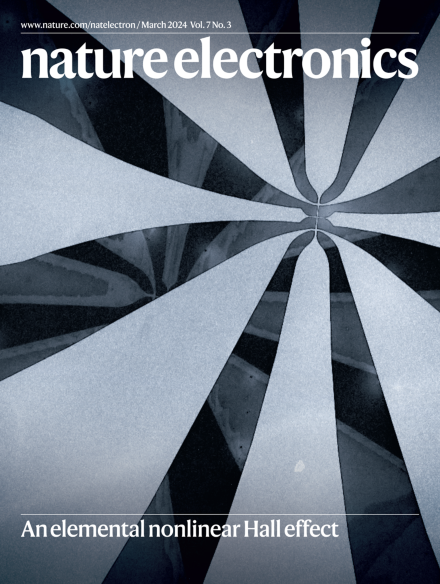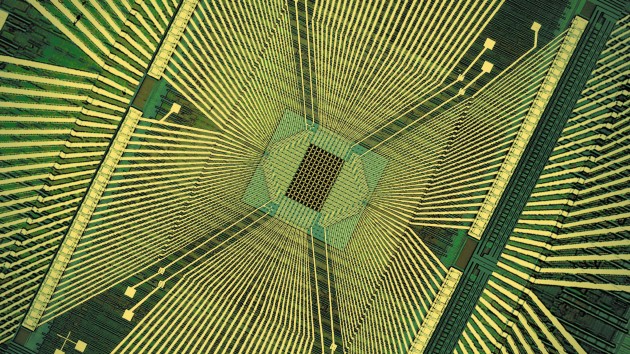
March issue now out
This month’s issue features two-dimensional perovskite dielectrics, in-sensor dynamic computing, and three-dimensional system-in-package designs.

This month’s issue features two-dimensional perovskite dielectrics, in-sensor dynamic computing, and three-dimensional system-in-package designs.


A new approach to measuring qubits offers an alternative path to scaling quantum computers.
